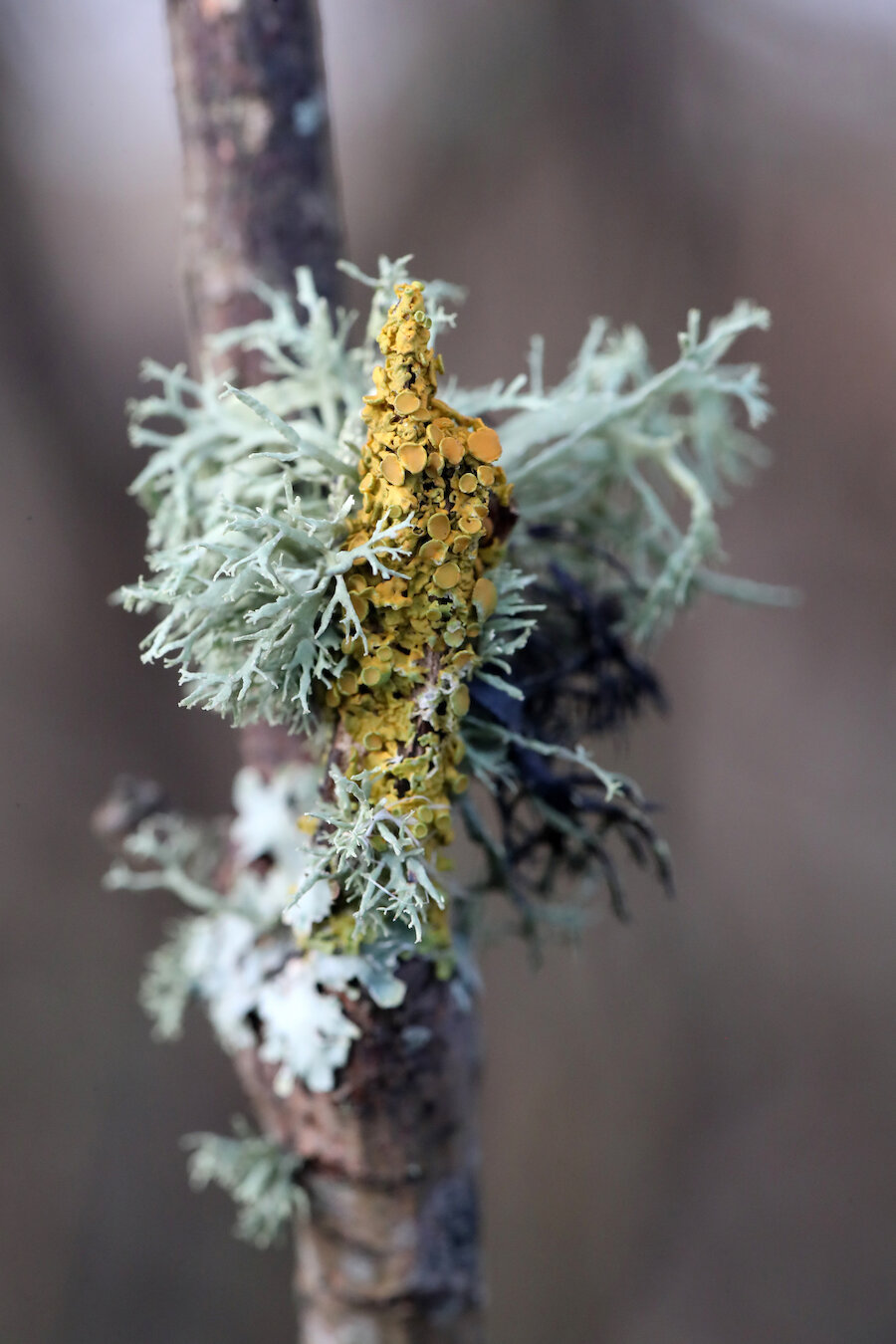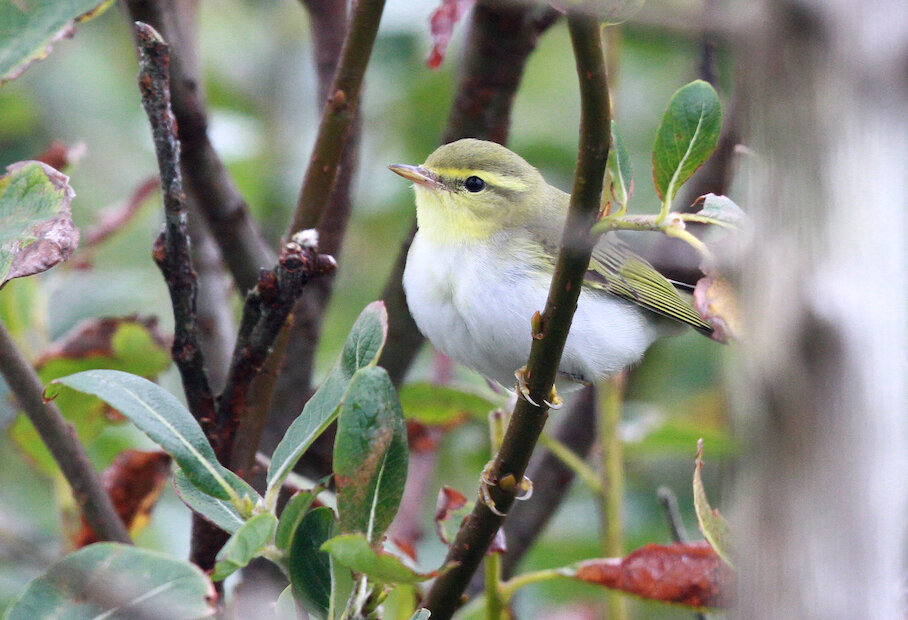The early Viking settlers who came across the sea, many centuries ago, to sink roots into Shetland would all have been familiar with Yggdrasil, a sacred tree that stood sturdily at the heart of Norse mythology. Yggdrasil was an immense ash tree that grew at the heart of the Norse cosmos, with branches that extended into the very heavens. It was the meeting place of their gods, and the pivot around which the worlds, visible and invisible to man, were anchored. Trees, apart from their practical significance to a people whose culture came to revolve around the longboats that carried them to new lands to raid, settle, and trade, really mattered to the Vikings.
Shetland, when those first settlers set foot upon our shores, would have been many things. A new home, certainly, with space for families to grow and communities to be established. There was reasonably fertile land, girdled by productive seas, and a climate that, if never one they could have called clement, was certainly not as harsh as some parts of northern Scandinavia. Shetland, once the resident Picts had been displaced, had a lot going for it.
What it would not have had, however, were many trees. Those Picts, who had quietly lived here for many centuries beforehand, would have already seen to that. Some 5,000 years ago, Shetland would have looked very different to how it does now and, indeed, probably looked to those Vikings as they hauled their boats ashore and waded through the surf to a new life. Then, as now, there would have been small fields near to the shore on which livestock could graze and crops could be grown. But thousands of years ago, before the point at which mankind first set foot here, Shetland would have been blanketed with low trees and scrub.




